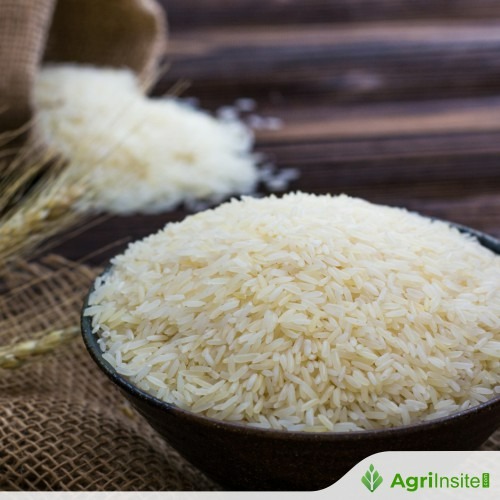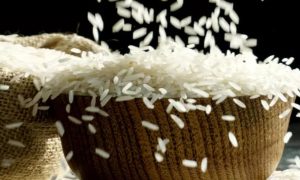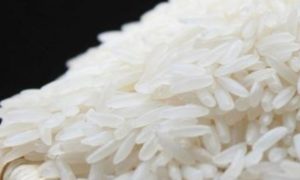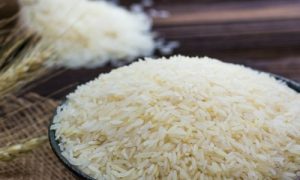What’s behind the surge in Japan’s rice prices?

Rice prices in Japan have doubled since 2023 due to a poor harvest, extreme weather, an earthquake, and panic buying. The government’s slow response worsened shortages, despite a 910,000-ton stockpile. Now, rice imports—despite high tariffs—are rising, especially from the U.S. Farm Minister Koizumi is pushing emergency releases and direct retailer sales to ease prices before elections.
Rice prices in Japan have doubled since last year partly due to supply shortages that began last year, triggering a national crisis that has caught policymakers and consumers off-guard.
Rice is considered an almost sacred commodity in Japan, deeply engrained in its culture, language and tradition. The market is largely shielded from imports through high levies, but home-grown rice is now so expensive that shipments from abroad are skyrocketing, notwithstanding the tariffs.
The staple food has become a luxury item for many consumers, and responding to their pain is a top priority for policymakers ahead of key parliamentary elections in the coming weeks.
WHEN DID IT ALL BEGIN?
The crisis traces its genesis to the 2023 harvest.
An extreme heatwave contributed to a sub-standard crop that yielded far less marketable rice. Producers and businesses downstream had caught on to this phenomenon by early 2024 and prepared for the impending shortage by buying up what was available.
Adding fuel to the fire was a strong earthquake that hit southern Japan on August 8, 2024. The tremor triggered the government’s first-ever advisory on higher-than-usual risks of a mega-quake at the edge of the Nankai Trough, and panicked consumers sought to stock up on rice, emptying store shelves. A rise in demand from foreign visitors also contributed.
Those factors led to a 400,000 metric ton shortage by August and stocks from the 2024 harvest were sold roughly two months ahead of schedule. Wholesale prices in September shot up 41% from August and have risen nearly every month since then.
Meanwhile, the agriculture ministry, relying on a crop index that measures production volumes of un-milled brown rice, continued to play down the shortage for months, saying there would be plenty to go around with the new harvest.
Since the early 1970s, the government has effectively controlled the amount of rice produced in the country to balance supply and demand, encouraging farmers to make less of it.
WHAT HAS THE GOVERNMENT DONE?
As soaring prices hogged headlines, the government announced plans in February to release rice from its emergency stockpile – the first time it would do so in efforts to temper prices.
The rice was initially sold via auction to the highest bidder and distributed through the Japan Agricultural Cooperatives (JA) Group, a collection agency with an unwieldy supply chain, and failed to reach consumers quickly or ease retail costs.
Things started to speed up in late May with the appointment of Farm Minister Shinjiro Koizumi, whose predecessor was forced to resign over a gaffe about rice.
Koizumi immediately switched to selling directly to retailers at a price that would allow them to offer 5 kg of rice for about 2,000 yen ($13.85) — less than half of average supermarket prices. That supply reached consumers within days.
So far, only the government’s stockpiled rice is cheap, and supply is limited.
Nationwide supermarket prices for rice have stayed above 4,000 yen per 5 kg since March, exceeding Prime Minister Shigeru Ishiba’s target below that.
Koizumi has pledged to release the government’s entire 910,000-ton stockpile and rely on imports to swiftly bring down prices.
WHY NOT RELY ON IMPORTS?
Under a “minimum access” agreement within the World Trade Organization, Japan has an 770,000-ton tariff-free import quota for rice, of which up to 100,000 tons is for staple rice – equivalent to about 1% of total consumption.
Beyond that amount, private imports carry a levy of 341 yen per kg. That’s usually enough to keep foreign products out.
With the latest price surge, however, trading firms and wholesalers have been importing far more rice, mainly from the United States.
To Read more about Rice News continue reading Agriinsite.com
Source : The Tribune














